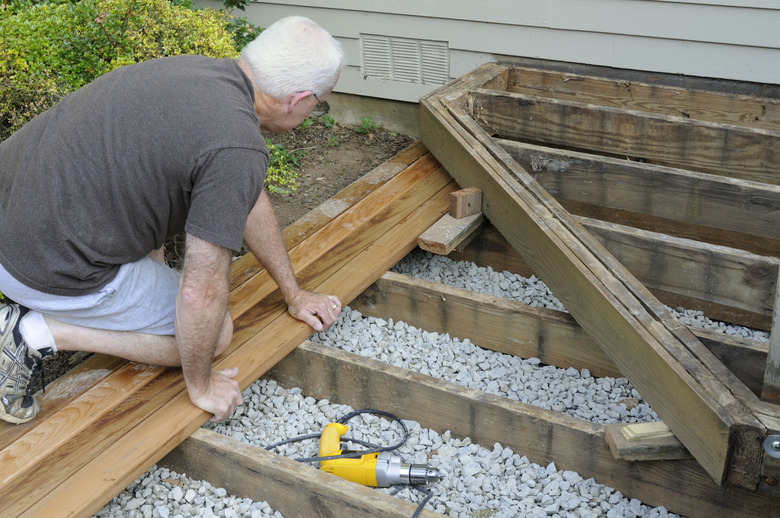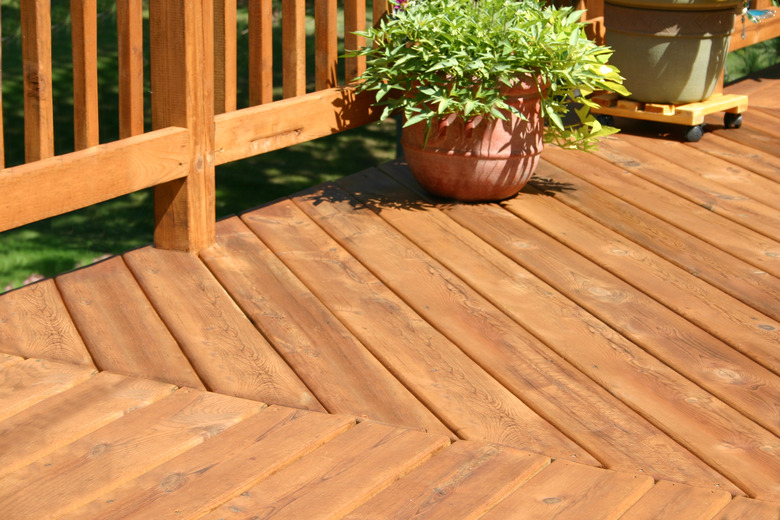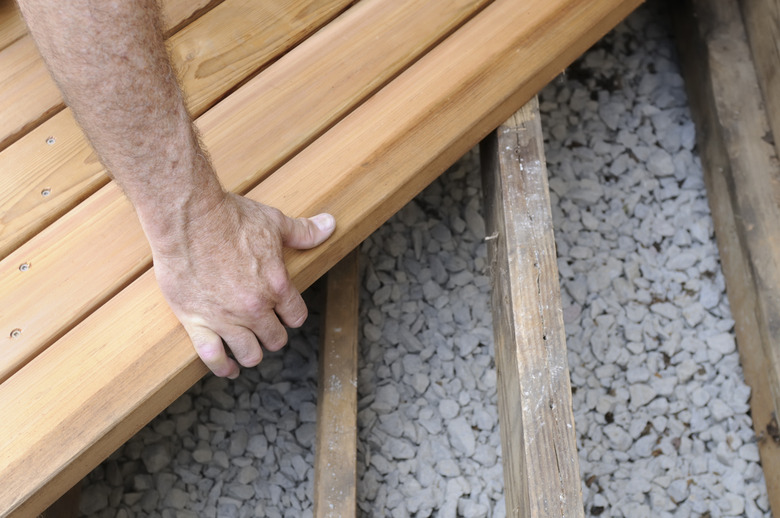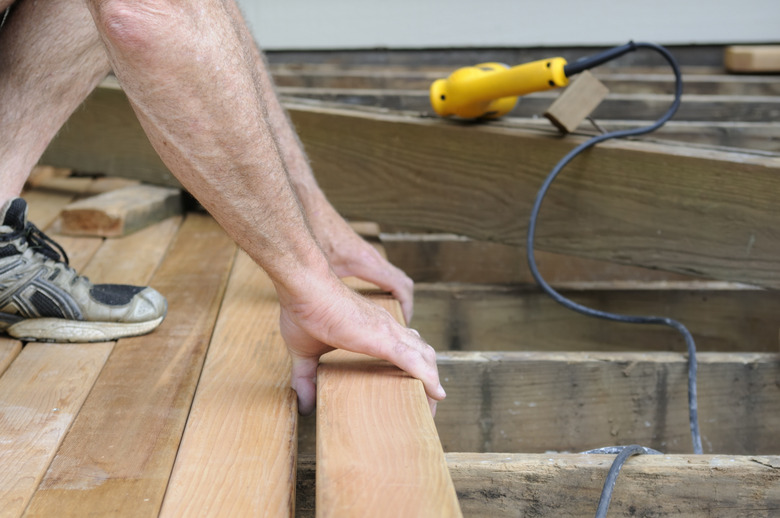Why Should You Put Gravel Under A Deck?
A lot of planning goes into constructing a deck beyond choosing your deck size and supplies. Even if you choose to build your deck with high-quality, weather-resistant materials, the elements can impact and diminish the deck's quality over time if care is not also applied when preparing the deck site. Certain ground coverings are better suited for use with decks than others.
Purpose
Most deck installation companies recommend using gravel when installing a deck. Gravel provides ample drainage and prevents pools of water from lingering below the deck structure after it rains, and eroding the wood structure and foundation. Pebbles and wood chips are alternatives to gravel as other suitable surface options, which also allow for good drainage.
When to Apply
You should put a layer of gravel down before you construct your deck rather than wait until your deck is finished, states the Masterpiece Construction website. Once the deck is complete, it might be too low to the ground to properly spread the gravel base. A gravel application ensures the structure is built on a solid, flat foundation.
Ready the Deck Site
The final step of preparing the deck site involves applying a layer of gravel to the ground surface. It occurs after you remove about 3 inches of grass from the area in which you plan to build your deck. You want to uncover the bare ground in a space that is approximately 2 feet bigger than the planned deck size to allot for the deck shadow that may limit grass growth. Cover the bare ground with a polyethylene film to discourage weed growth. Spread a layer of gravel over top of the polyethylene film.
Secure Deck Footings
The use of gravel secures deck footings — pressure treated wood columns that serve as part of the deck's support structure. Dig a hole of at least 36 inches. Place about 6 inches of gravel into the hole along with a wood footer plate. Position the columns in an upright position. Plug the post hole with interchanging layers of gravel and soil, and tightly pack each one as you go until the hole is completely filled. The column should be straight and sturdy once done.




